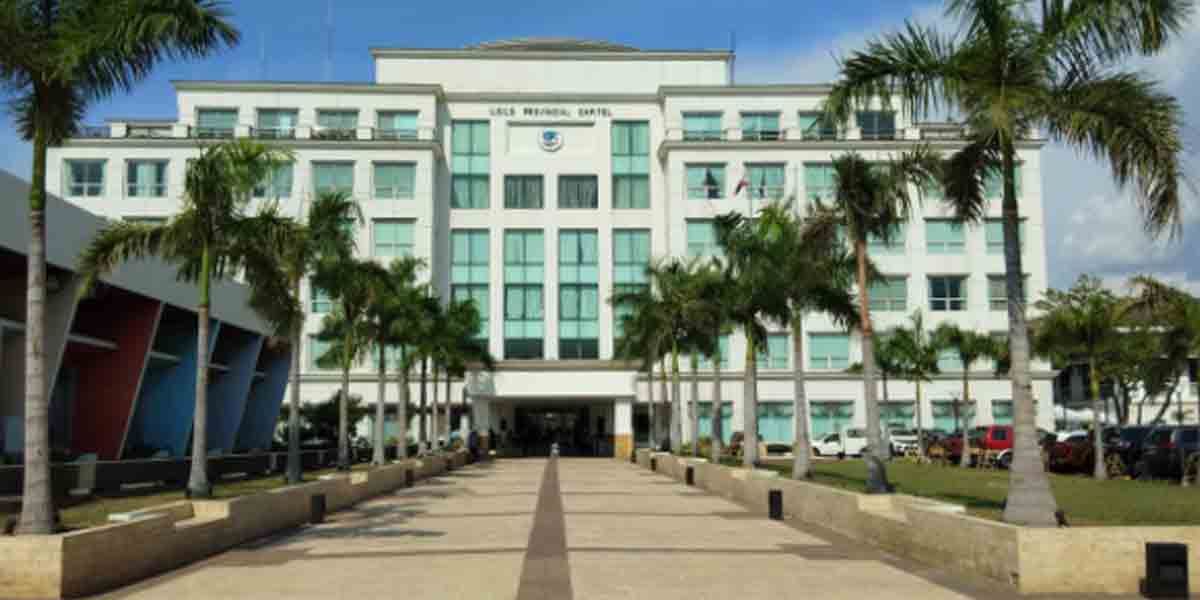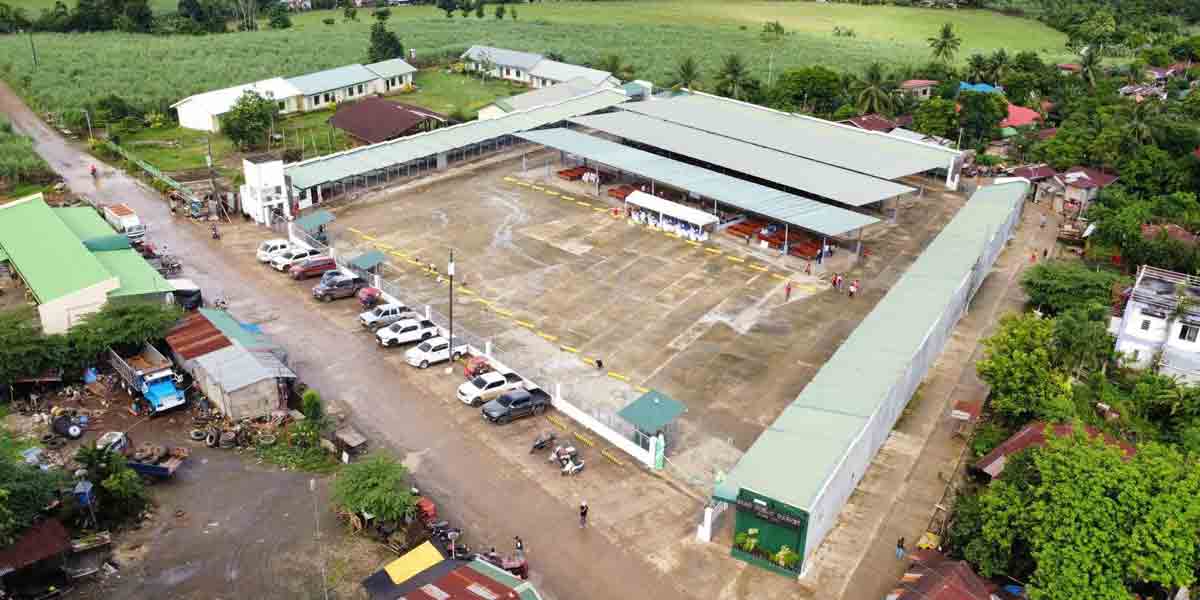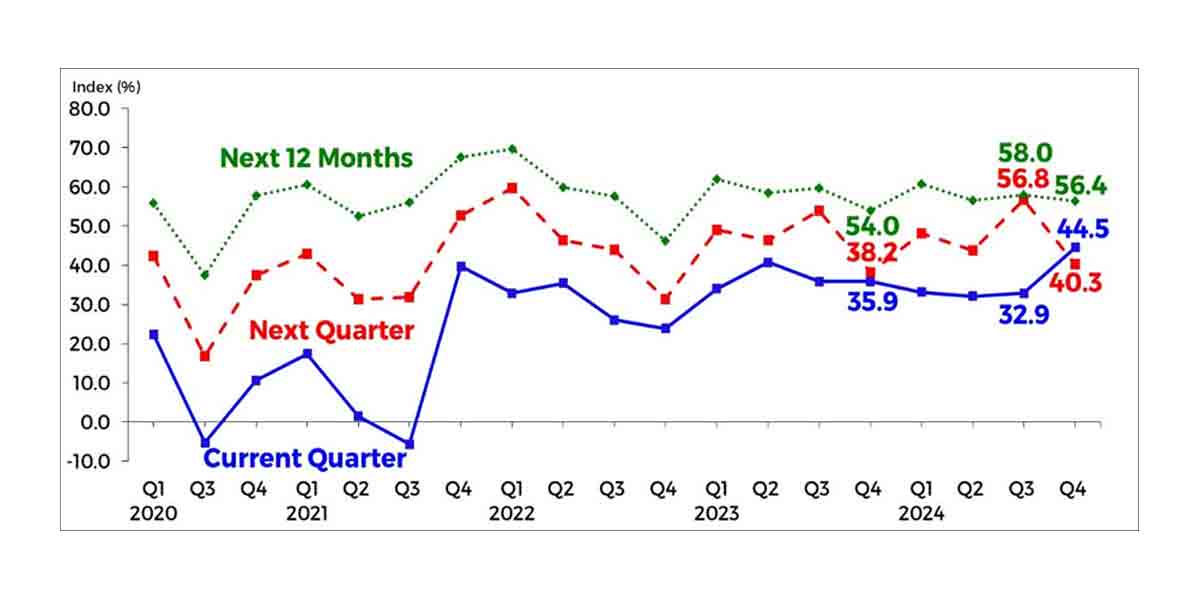
By John Noel E. Herrera
Inflation rate, or the increase in prices of goods and services, in Western Visayas eased to 9.1 percent in March, based on the latest data released by the Philippine Statistics Authority (PSA) on April 5, 2023.
The PSA’s Summary Inflation Report indicated that the latest inflation figure is 1.7 percent lower compared to 10.8 in February 2022 and 1.2 slower than the January 2023 rate (10.3 percent).
Despite the slowdown, the region’s inflation rate remains the highest in the country, followed by Zamboanga Peninsula and Davao Region with 9 percent, MIMAROPA (8.8), and Central Luzon (8.4).
The data showed that the downtrend was mainly attributed to the Transport commodity group, which slowed down to 7.9 this month from 12.3 in February, and Food and Non-Alcoholic Beverages group, with 10.3 this month from the previous 11.7.
The commodity group of Housing, Water, Electricity, Gas, and Other Fuels, which was responsible for the faster increase in previous months, recorded a significant decrease of 4.5 percent, from 14.2 percent in February to 9.5 percent this month.
However, these commodity groups still posted a slight increase in their rate in March:
-Alcoholic Beverages and Tobacco (from 12.6 percent in February to 12.7 percent this month)
– Clothing and Footwear (3.8 percent in February to 4.1 in March)
-Furnishings, Household Equipment and Routine Household Maintenance – (8.6 percent in February to 9.1 percent in March)
-Health (2.3 percent in February to 2.5 percent in March)
-Information and Communication (2.4 percent in February to 2.5 percent in March)
-Recreation, Sports, and Culture (4.8 percent in February to 5.1 percent in March)
-Restaurants and Accommodation Services (11.6 percent in February to 12.8 percent in March)
-Personal Care, and Miscellaneous Goods and Services (7.2 percent in February to 7.3 percent in March)
Education Services and Financial Services remain unchanged.
Meanwhile, the national rate continued to slow down, from 8.6 percent in February to 7.6 percent in March 2023 but is still higher compared to only 4.0 percent in the same period last year.





















